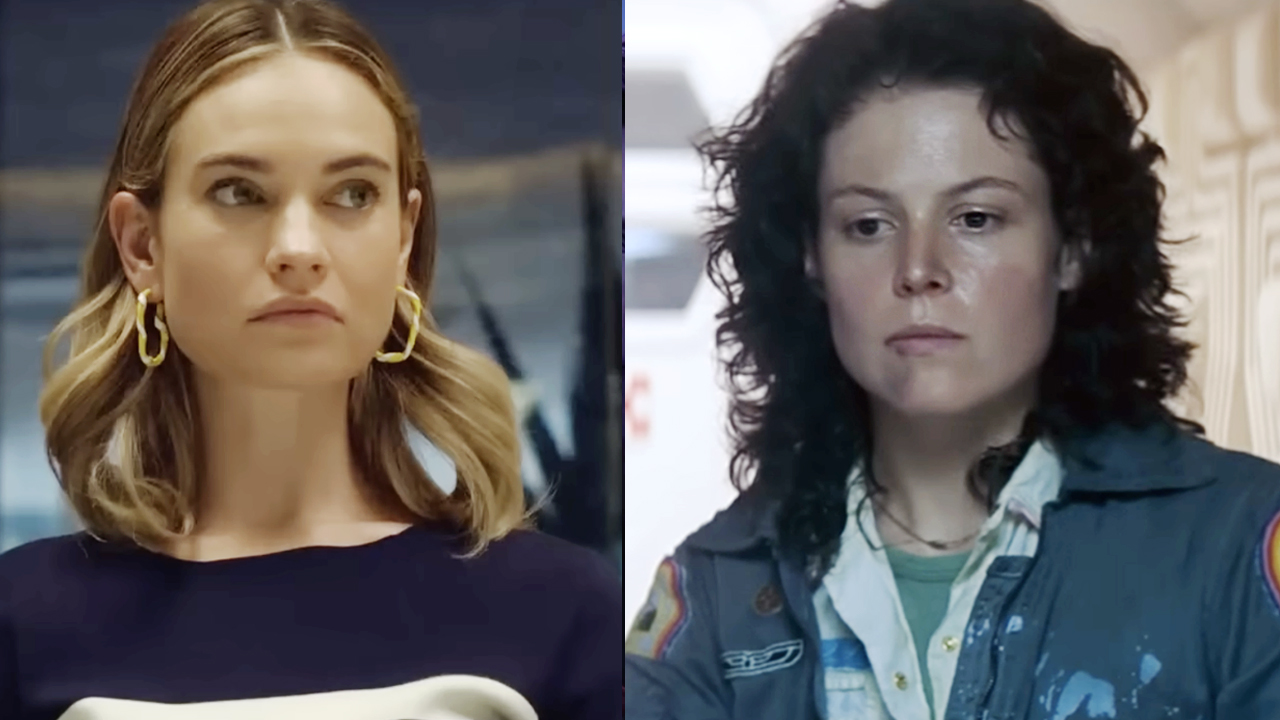Until recently, Sienna Miller has been known less as an actress and more as Jude Law’s former fiancee’ and a fashion mannequin at swanky Hollywood parties. Outside of her craft as an actress, she has an interesting face poised somewhere between Hollywood Glamour and the girl next door. There’s something somewhat clumsy about her, something a bit unfinished and neurotic that makes her more interesting than the usual ingenue. She seems to have something michievous on her mind and this description could just as easily be applied to Edie Sedgwick, the Factory Girl herself, alternately the muse and creation of Andy Warhol. It’s hard to separate the good and the bad from the really ugly in George Hickenlooper’s biopic since so much appears to have been altered by the legendary Harvey Scissorhands (a.k.a. producer Harvey Weinstein). The film was always going to be flawed since all biopics are doomed to failure by the very folly of trying to sum up a complex human being in two hours. Most end up like a 30 second MTV spot about Nelson Mandela’s contributions to the world cut to the beat of a Kanye West track: “He was imprisoned, tortured and then released, spreading his message of peace everywhere.” We get the highlights of what the person did but not the more important “whys” and “hows” and “what thens”. This film is very much like an MTV riff on the life of Edie Sedgwick. In fact, in what seems to be a very “scissorhanded” moment, we get a quick montage that lets us know just “who” this “Andy Warhol” guy is and WHY he is so damn important. I can’t imagine a single person with a working brain stem not knowing who Andy Warhol is and why he is culturally significant. But “for those who came in late”, here’s the recap: There was once this guy named Andy Warhol, he was an artist who made art out of Campbell Soup cans and celebrity images that challenged commonly held beliefs of what was or wasn’t “art”. Initially held up to ridicule, Andy’s ideas would one day be seen as visionary and unique and help shape the culture we live in today. Cue the triumphant music.
There is really no way to watch this film without preconceived notions. These are very famous people and few of us do not have our own impressions of Warhol and Bob Dylan in particular. So, is Warhol a genius, reinventing people as the products and consumers of media or is he merely a con Artist, fooling the world with his Brillo boxes and soup cans? Hickenlooper clearly wants us to see Andy as an artistic vampire of sorts, feeding on the talents of the unique personalities around him as “found objects”. When they have given him all they could give they are simply discarded. Pearce is excellent in the role wearing pale makeup which would not be out of place in Interview with a Vampire, Part Two. I kept waiting for him to show Edie his coffin or turn to dust in the rays of the morning sun.
For his part, Lord Vader himself Hayden Christensen is not just “like Bob Dylan”, he’s doing an impression of Bob Dylan and one that keeps skirting parody. It’s very hard to watch it and not be amused at the way Christensen is playing the part rather than merely watching the character in the story. It’s an annoyance but not without it’s own campy charms.
Undoubtably, the best thing about the film is Sienna Miller. She gives a very strong performance rooted in clear choices about the character of Edie. But she is very much let down by an episodic, random screenplay and empty, unfocused direction by Hickenlooper who replaces arty “styles” for “style” mixing up a bunch of different filmstocks(Super 8, 35mm, 16mm, video) to create a chaotic look onscreen. Everything about the film seems set up and false, particularly the scenes at The Factory itself which feel like staged tours of a Wax Museum exhibition.
What’s worse is that we don’t really get to know Sedgwick at all. We just get a fast forward rendition of the major moments of her celebrity life. You could get this from her Wikipedia entry. Better yet is to watch her strangely spellbinding performances in Warhol’s actual films. There, Sedgwick seems both in control and controlled. Her performances are less like acting than some kind of extended screen test, a test of her ability at presenting some version of herself onscreen. Both willful and vulnerable, Sedgwick always appears strangely detached in the way strippers appear to be “somewhere else” while they present their bodies. Whether this is from the use of drugs and/or from her own desire to keep the camera and us at arm’s length is hard to know. Regardless, she’s less charming in these films than presenting someone’s idea of charm.
Altogether this is a missed opportunity. There is only a single scene that transcends the biopic structure and gives us a hint of the film that could’ve been. In the scene, Jimmy Fallon plays Edie’s old friend and business manager Chuck Wein, now employed by Warhol as a writer/collaborator in filmmaking. Wein is both directing and appearing in Warhol’s Beauty #2 with Edie on a bed in her underwear being pawed at by a shirtless man while Wein grills her with questions about her childhood, her incestuous father and her homosexual brother’s suicide. Warhol appears here behind the camera, clearly thrilled at this violation, far deeper than any kind of physical rape, the kind of rape that Hickenlooper wants us to see as the very epicenter of his art. Factory Girl is presented in anamorphic widescreen (1.85:1) and is enhanced for 16x9 televisions. This "uncut" version include a commentary by director George Hickenlooper in which the director uses sly sarcasm to explain what this “almost director’s cut” is all about. It’s a good listen to see what the film was more like before the changes which Hickenlooper points out each time with pleasure.
"The Real Edie" runs 28 minutes and features interviews with her family, contemporaries, and friends. It seems as though this was once intended to be used within the film itself in a more loosely formed fashion. It’s unfortunate that the approach was junked because it would’ve been much better than the terrible and pointless therapy session wraparound in the film now.
Your Daily Blend of Entertainment News
Less interesting material includes "We’re all Lost," a deleted scene that runs a little over 1 minute and has an optional commentary by Hickenlooper. "Guy Pearce’s Video Diaries" is exactly that and is much more personal and fun to watch than the dreadful as usual "Making Factory Girl" studio featurette which has no real information at all except for the standard congratulatory interviews.
The most interesting extra is Sienna Miller’s audition tape. In the commentary Hickenlooper mentions that Miller hopped off a plane and drove straight to the cold reading and just did her best with the material offered. It’s strange to see how much of the performance is already there in her instinctual choices and how effectively she is able to sharpen them in second run-throughs. What’s even more interesting is the form in which the interview is presented. We get nothing but a fade in and a camera pointed right at Miller’s face. She is talking to someone off screen who reads lines with her. The image fades out and fades up on another read through the same way. The flat, deadpan style and the long, long gaze at Miller trying to grasp the character are very much in the Warhol “style”. There is something spellbinding in the artlessness and perhaps a little of this simplicity would’ve allowed Factory Girl to achieve the kind of synthesis of form and content that would be truly artful. It would also stop the train for a moment to allow us to really spend a few minutes with Edie Sedgwick and connect with her onscreen. After all this is why the film was made, right?

